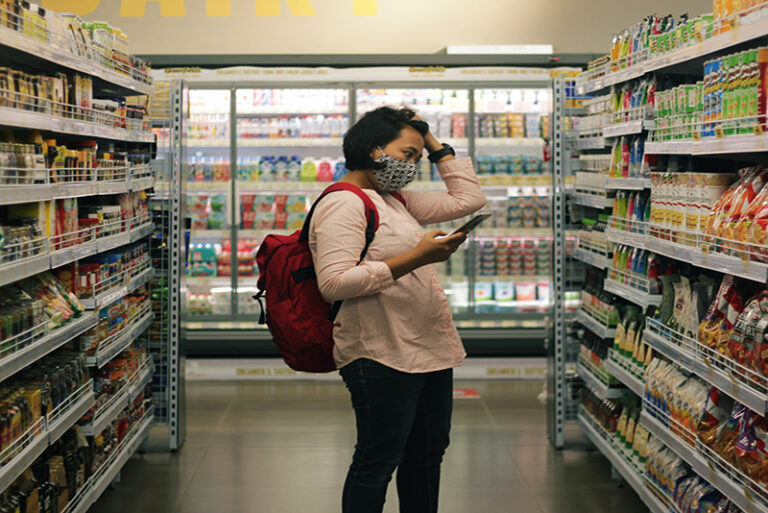CHICAGO — Consumer shopping habits are rapidly changing, but one factor has staying power: technology.
From virtual reality to mobile ordering, shoppers have embraced the convenience that comes with algorithm-backed online experiences. A recent webinar hosted by Euromonitor International explored how post-pandemic digital prowess will be everything in commerce during 2022, and it highlighted several tech-driven trends that will redefine the shopping experience as consumers know it.










